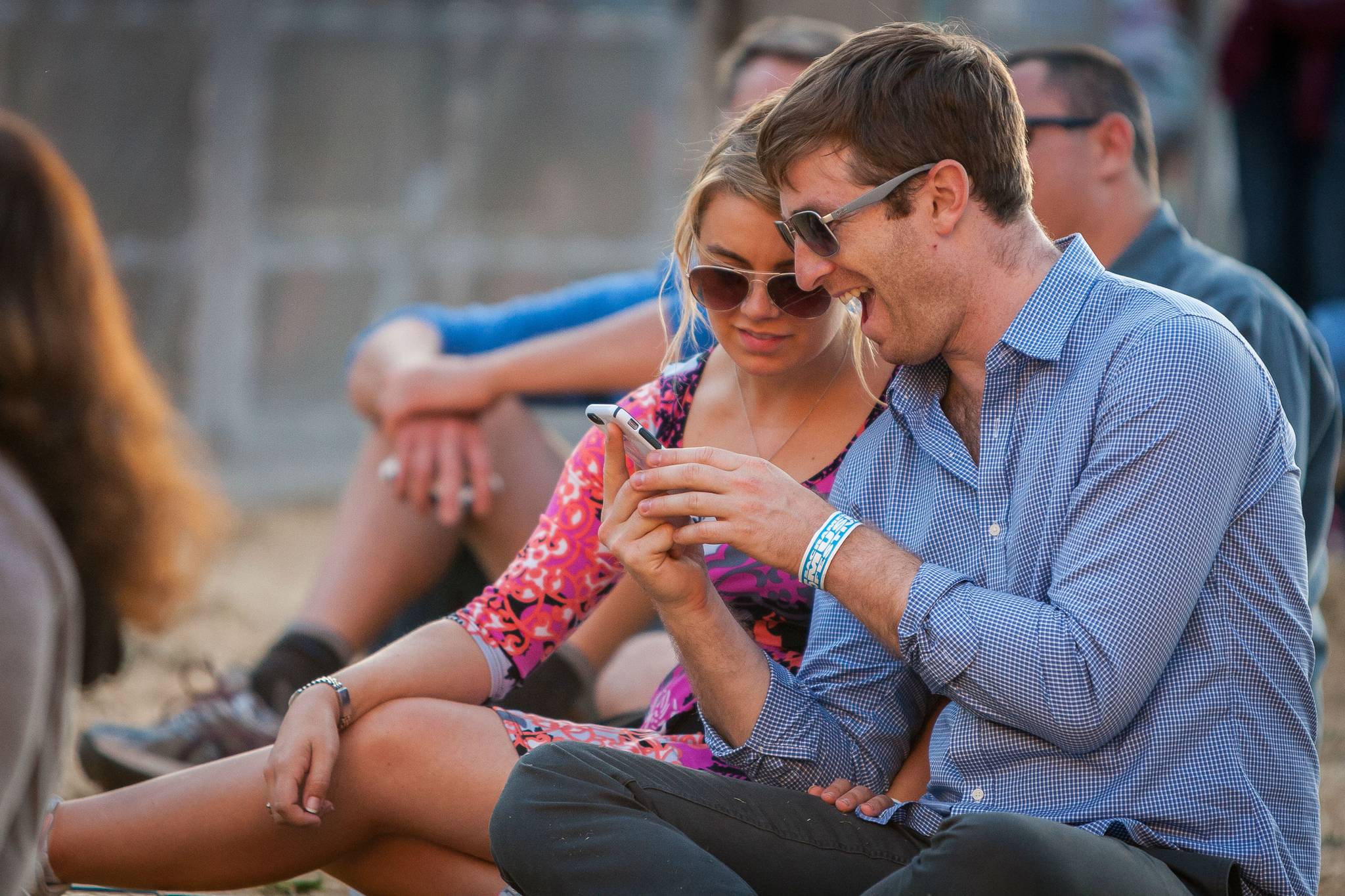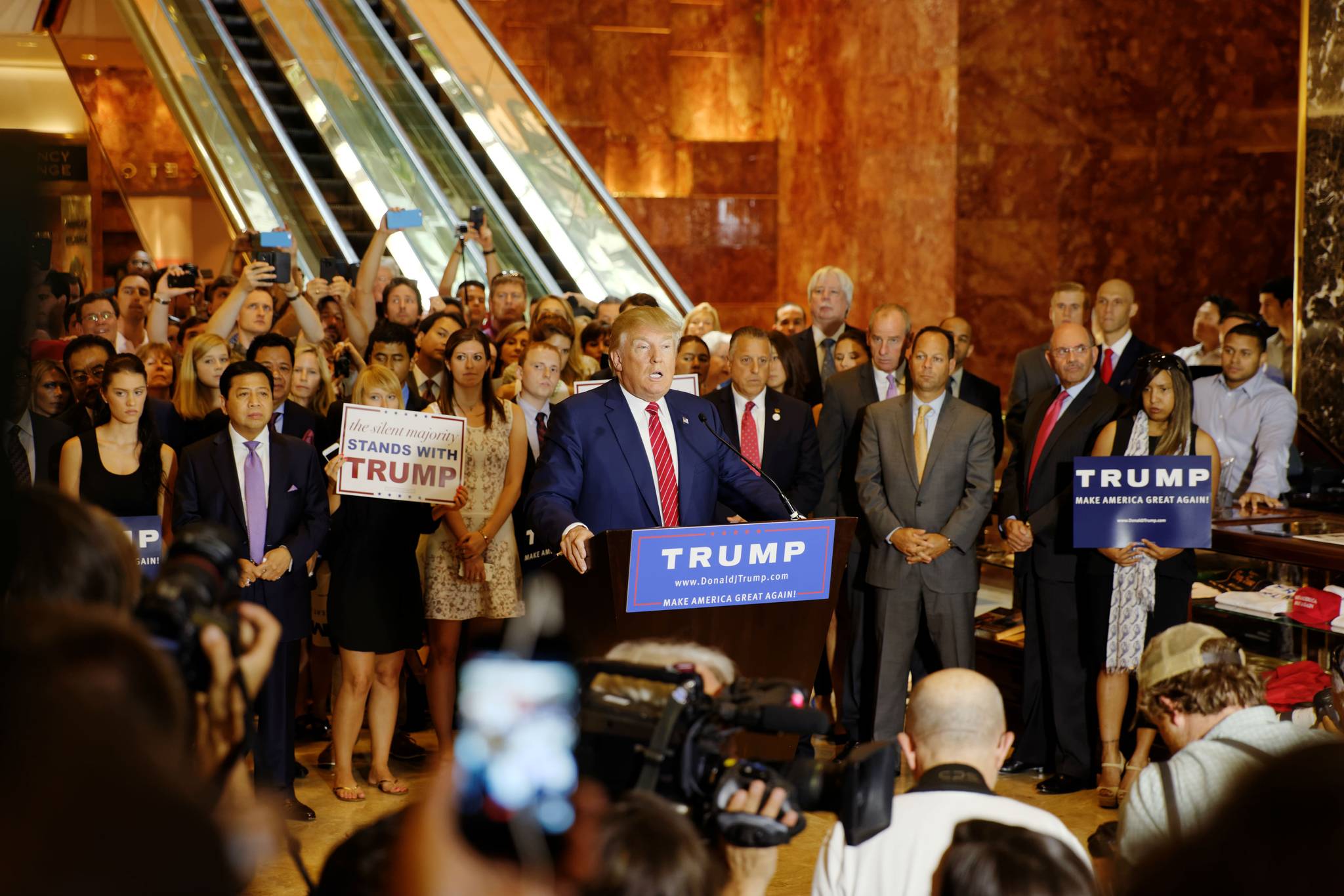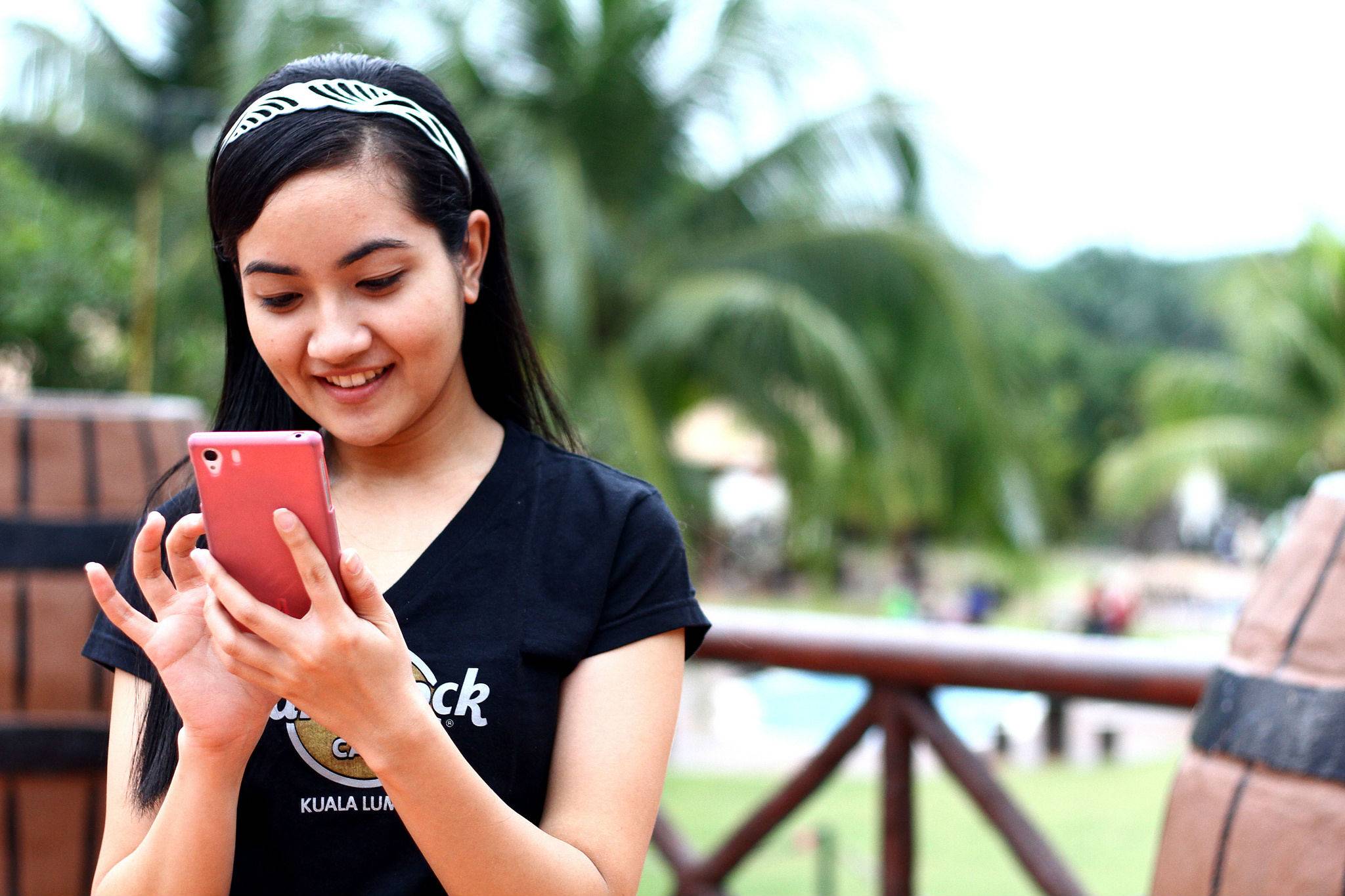
If you chant ‘Bloody Mary’ repeatedly in front of a mirror a dark room, will it really summon her ghost? What really happened to the kid from the Frosties advert? Urban legends have been around for a long time. They’re the stories told around a campfire or during a sleepover with a torchlight. But now, thanks to the internet, these stories are more powerful than ever. We sat down with Dr. Joseph Stubbersfield, research associate at the Department of Anthropology at Durham University, and co-author of 'Chicken Tumours and a Fishy Revenge: Evidence for Emotional Content Bias in the Cumulative Recall of Urban Legends', to explore the science behind how urban legends spread, and what this could mean for brands.
“Urban legends are interesting because they represent modern day fairy tales – they’re stories that people tell each other,” says Stubbersfield. “They spread both through word-of-mouth and electronically. They have always been at the forefront of technology. In the ‘90s, they were spread by fax, and more recently, online and especially on social media.” In their research, Stubbersfield and his colleagues found that the more emotive a piece of content is, the more memorable it would be. “The fact that more emotive legends affected memory most might be because they resulted in higher levels of arousal,” he says. “There's a large body of research that shows that higher levels of arousal lead to better recall.”
And it’s not just how they remember it – people believe that emotive content will get them more shares. “I conducted another study that used news articles and focused on transformation rather than recall,” says Stubbersfield. “We found that people predominantly tried to make them funny, and in some cases they exaggerated parts of the story. It suggests that people think that emotive content is going to be more successful.” Even if they believe a story to be false, people may spread urban legends due to a desire to share engaging content. A fifth of people will cook up stories on social media to make their statuses more interesting, and considering that 86% of people in the US don’t fact-check the news they find on platforms like Twitter and Facebook, it’s easy for fake stories to proliferate.
From rumours around McDonald's chicken nuggets containing beaks to Procter & Gamble’s former logo supposedly exposing its ties to the Church of Satan, brands aren’t safe from the allure of urban legends. So it’s important to understand how they spread, and how they can be addressed. McDonald's released a number ads as part of its ‘Good to Know’ campaign to dispel brands myths, highlighting its use of British potatoes and reiterating that its nuggets are 100% chicken breast. The humorous content made people more likely to spread the word, while tackling any troubling urban legends about the brand.
Rebecca Smith is a Psychology graduate from the University of Bristol, and behavioural analyst at Canvas8, which specialises in behavioural insights and consumer research. She’s previously worked on schemes promoting the open discussion of mental health issues in young people.



